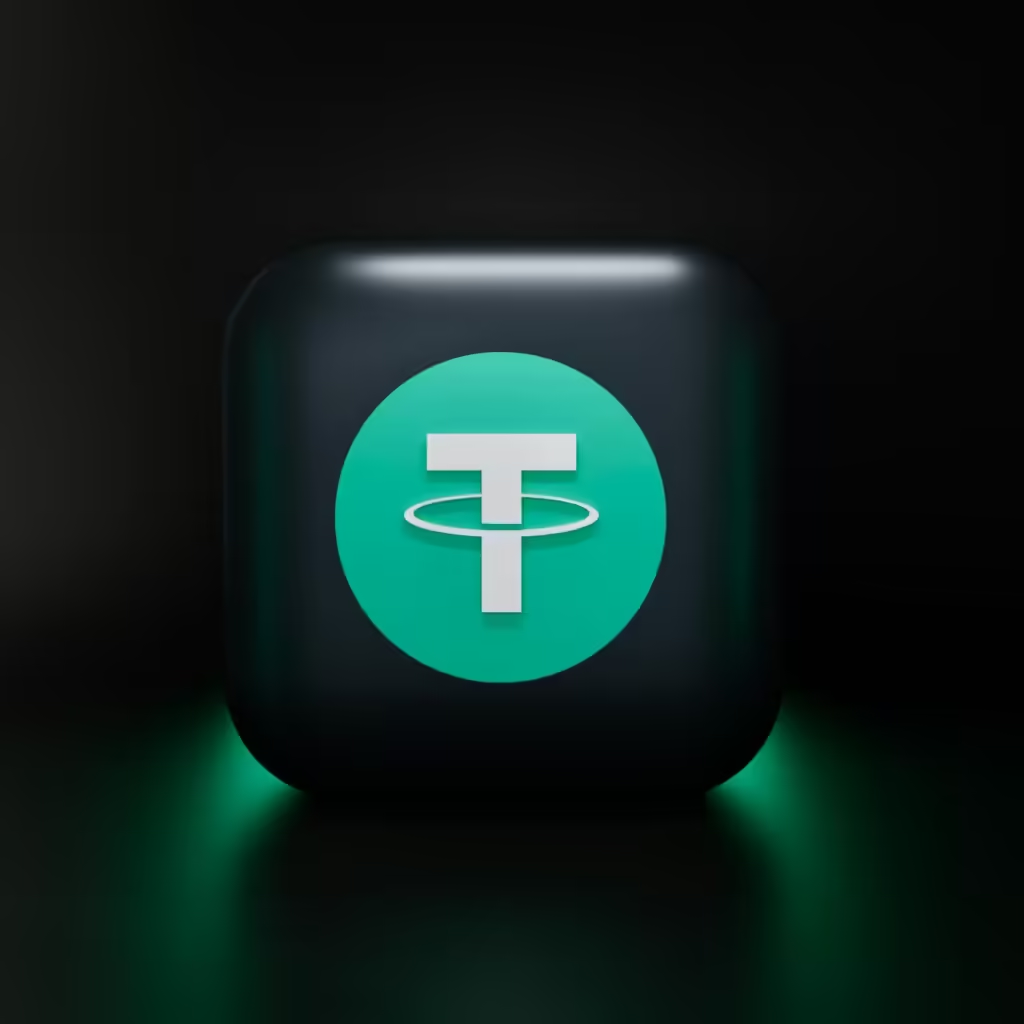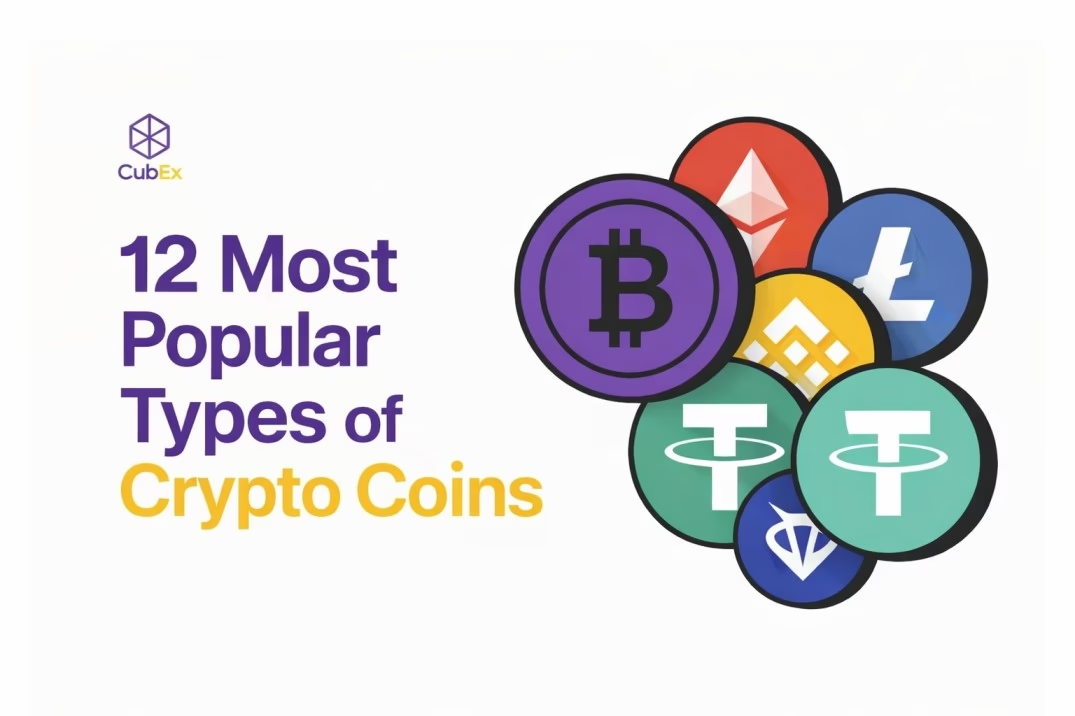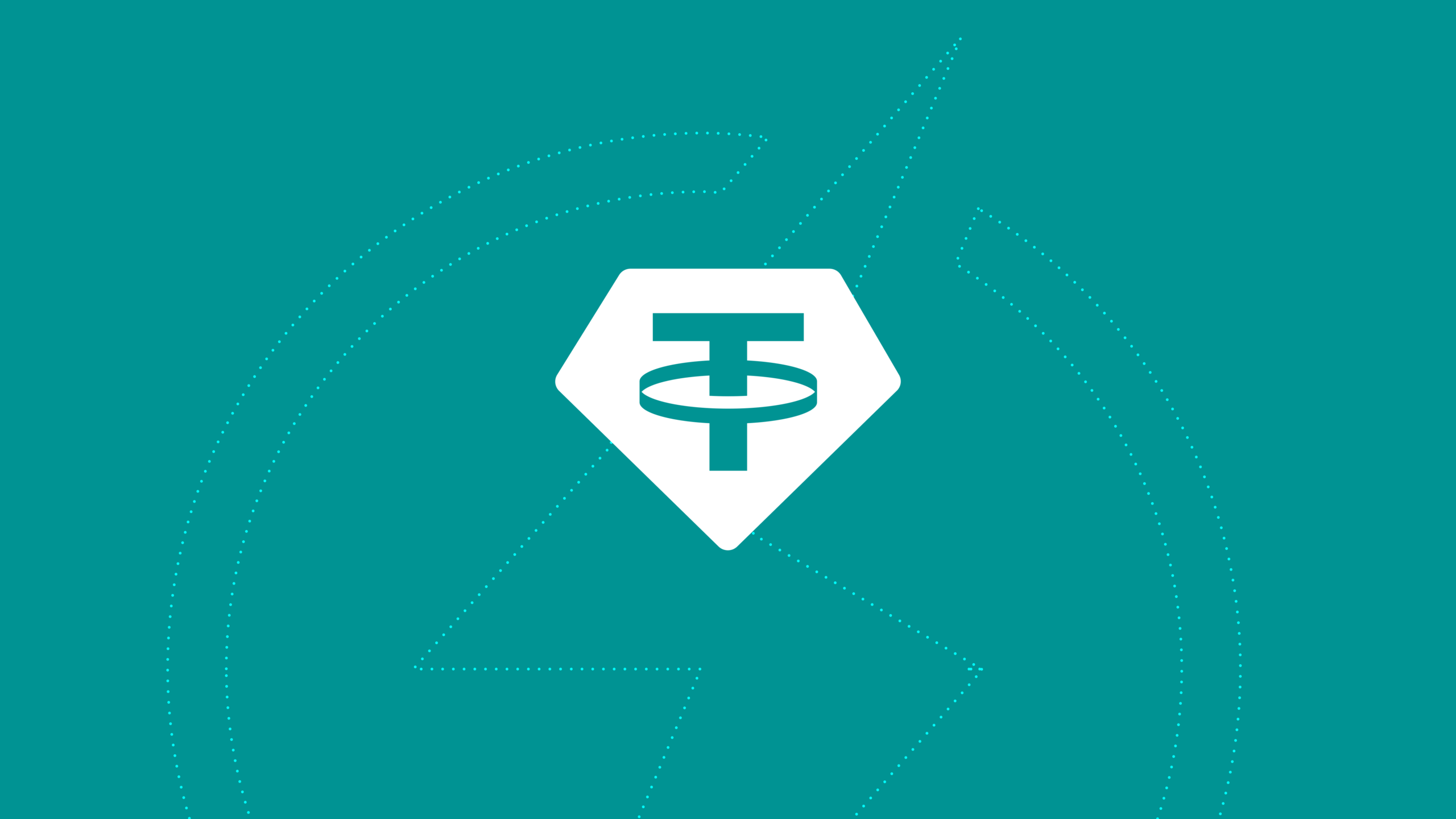
- Cryptocurrency
- By cubexadmin
Tether (USDT) is one of the most widely used stablecoins in the world and stands as a digital equivalent to the US dollar. In fact, Tether works on all major blockchain networks – the two (2) major networks being TRC-20 and ERC-20.
Most users find it difficult to differentiate between the TRC-20 and ERC-20 networks. Despite their similar functions in defining how tokens operate within their respective networks, their underlying technologies and ecosystems exhibit notable differences.
This blog will discuss the differences between USDT networks: TRC-20 vs ERC-20. So, eventually, you can decide which network works best for you when making transactions.
Key Takeaways: TRC-20 vs ERC-20
TRC-20 keeps transfers light and fast, which helps anyone who moves USDT often.
ERC-20 has been around longer and works across many trusted platforms.
TRC-20 helps you cut down on high charges.
ERC-20 works better for people who depend on the larger Ethereum network for their activities.
Understanding how both networks work will help you send your USDT without stress.
Understanding Both Networks: Tether (USDT) TRC-20 vs ERC -20
Several blockchain platforms issue Tether (USDT); with TRC-20 and ERC-20 being the most prevalent amongst others. These networks have key differences that can impact how you use or transfer USDT. Here is an easy way to understand them:
TRC-20 is a network on the Tron blockchain, specifically known for its high speed and low transaction fees. The capacity of this network to back thousands of transactions per second has made it one of the top go-to networks for users who want to send and receive USDT quickly during peak periods and at a reduced rate.
On the contrary, the ERC-20 network operates on the Ethereum blockchain. While ERC-20 is secure and accepted across a wide landscape, it does experience network congestion consistently. This, in turn, slows down transaction speed.
Despite these drawbacks, ERC-20 remains popular due to Ethereum’s vast ecosystem of decentralized applications (dApps) and services. Its compatibility with a wide range of wallets and platforms makes it a versatile choice for users who value broad utility over cost and speed.
Tether (USDT) TRC-20 vs ERC -20: Top 5 Differences
In terms of choosing between TRC-20 and ERC-20, understanding their key differences matters for anyone dealing with Tether (USDT). While both networks facilitate the transfer of USDT, they differ significantly in many ways.
Below are the top 5 differences between the two:
Transaction Fees
One of the key differences between TRC-20 and ERC-20 is the fee charged per transaction. The transaction fees for ERC-20 are quite high, especially during high network congestion. Sometimes, making a single transaction can cost a fortune, especially when one needs to process several transactions.
TRC-20’s network is more popular and used because of its low transaction fees compared to other networks. Most times, sending USDT on the TRC-20 network can translate to almost free, making it a more cost-friendly option for users who need to move funds frequently.
Transaction Speed
Another differentiating factor between TRC-20 and ERC-20 is their transaction speed. On many occasions, the ERC-20’s network lags when there’s a high volume of user engagement. A transaction may last for several minutes. And such delays get unpleasant.
TRC-20 on the other hand, supports swift transactions. Typically, transactions in the TRC-20 network mostly happen within seconds. Thus, beneficial to users whose priority is to perform fast transactions.
Security
Security is one of the top concerns in cryptocurrency. ERC-20 is one of the safest networks available today. Additionally, this network has a large community of developers working actively to handle insecurity flaws and get them fixed.
While the TRC-20 network is designed to be as secure as the ERC-20, it is newer and doesn’t match up to the level of security embedded in the ERC-20. As a result, some may argue that it does not yet offer the same proven security track record as ERC-20.
This difference in maturity can make ERC-20 a more reassuring choice for users who prioritize long-established security measures in their transactions.
Compatibility
When choosing a USDT network, it is important to consider whether the network is compatible with other platforms and services, or not. ERC-20 is accepted across a wider landscape, unlike TRC-20. It is supported on several wallets, exchanges, and DeFi platforms. So, if you were to transact using the ERC-20 network, it would seamlessly be accepted by most applications and services.
For TRC-20, there are wallets and exchanges within the TRON ecosystem that the network is compatible with. However, they are still so limited. The ERC-20 is compatible with a larger ecosystem.
Adoption and Popularity
The ERC-20 first came into existence before the TRC20. However, the TRC20 USDT has become commonly used and well-known for USDT transactions compared to the ERC-20 network.
TRC20 grew in popularity more because of its fast transaction speed and lower fee comparison. These advantages have made TRC20 a go-to means for users who seek to transact in USDT more efficiently and cost-effectively.
Although ERC-20 still occupies a place in the market due to its first-mover advantage and its strong ecosystem, TRC20 is gaining widespread adoption from users who are keen on speed and lesser cost value for transactions. It is now the most preferred choice among users.
That is an easy win for TRC20!
TRC-20 vs ERC-20: Comparison Table(2025)
Feature | TRC-20 (Tron) | ERC-20 (Ethereum) |
Transfer Speed | Moves in seconds for most transactions | Usually take longer when activity increases |
Address Format | Starts with T | Starts with 0x |
Network Base | Set up on the Tron network | Built on the Ethereum network |
Fee Structure | Uses Tron energy or bandwidth | Requires ETH for every transfer |
Network Traffic | Handles transactions smoothly in many cases | may slow down when many users are active |
Transfer Cost | Moves in seconds for most transactions | Can take longer when activity increases |
Frequently Asked Questions
Which network is better for sending USDT :TRC-20 or ERC-20?
TRC-20 is better if you want quick transfers with very small fees, while ERC-20 works well for people who rely on Ethereum-based apps.
Can I send TRC-20 USDT to an ERC-20 wallet?
No. The networks run on different systems, so the funds won’t go through. You need an exchange to move your money from one network to the other.
How can I tell if my USDT is on TRC-20 or ERC-20?
Look at the address. TRC-20 USDT starts with “T”, and ERC-20 USDT always begins with “0x”. That is the best way to know the network straight away.
Concluding Thoughts on Tether (USDT) TRC-20 vs ERC -20
So, Which Network Should You Choose?
Your choice of network between TRC20 and ERC20 should depend on your needs and preferences. If you transact more often and need lower charges on each transaction or even quicker transaction times, TRC-20 could be your best option.
However, if your major concern is using a secure network that has good compatibility with a widespread ecosystem, then you should consider ERC-20.
For other users, the best option may involve a combination of both. For some cryptocurrency platforms, users can store USDT on both the TRC-20 and ERC-20 networks. This flexibility allows the user to choose a network that best suits their needs at any given time.
In summary, a good understanding of both networks will help one make more informed decision about what network to use in conducting USDT transactions. Each network offers unique advantages, and by noting these differences, you can choose the one that best aligns with your transaction needs.

12 Most Popular Types of Crypto Coins


